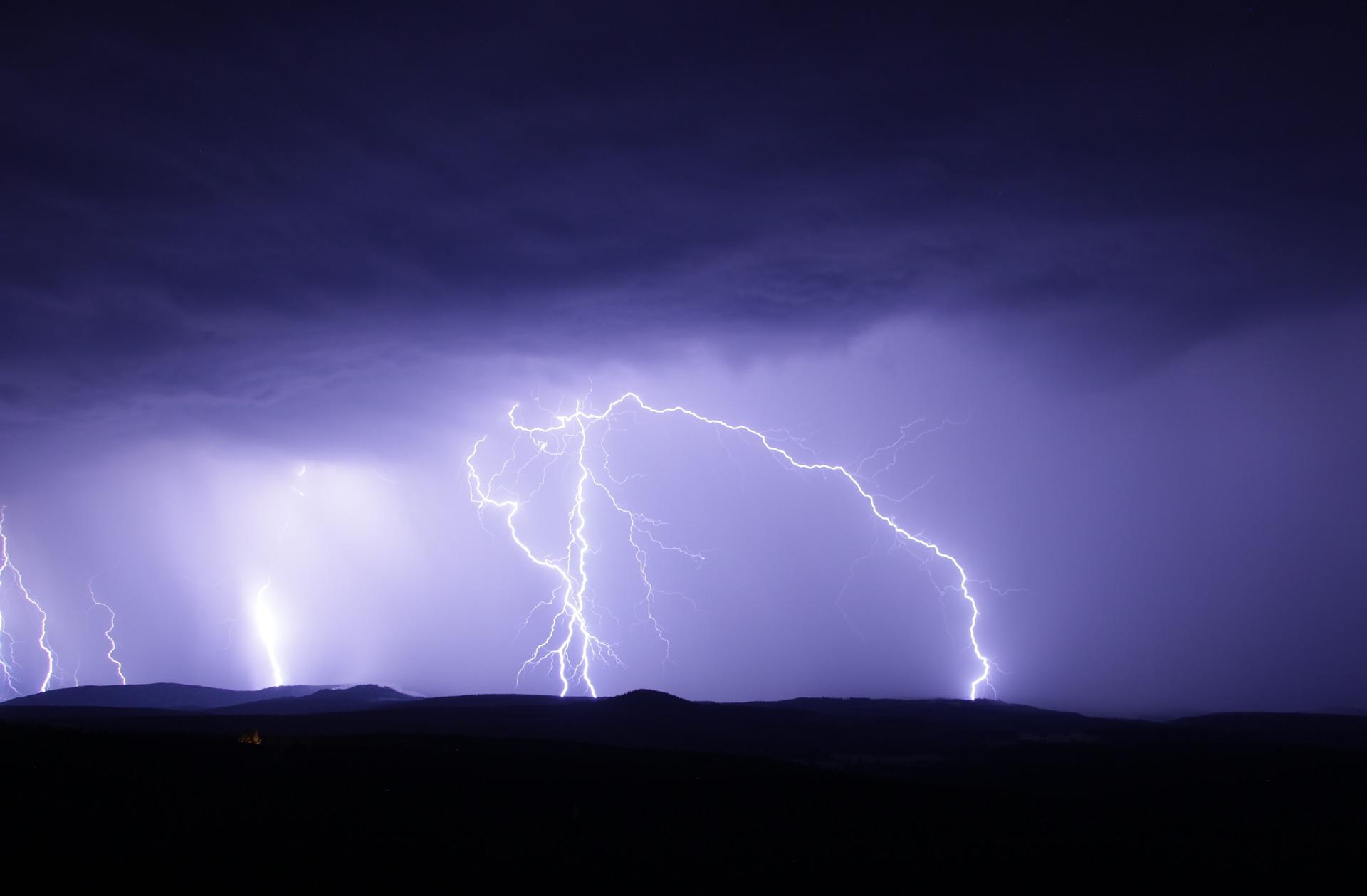Media release
From:
Salt may inhibit lightning in sea storms
Salt in sea spray could reduce lightning activity during marine thunderstorms, suggests a paper published in Nature Communications. The findings could help to explain why levels of lightning over tropical oceans are reduced compared to the number seen over land.
Thunderstorm activity over land takes place because of the effects of thermodynamics and aerosol-cloud-precipitation interactions. However, it is unclear why lightning activity over tropical oceans is significantly reduced in comparison to over land.
To investigate why lightning may be less frequent over oceans, Daniel Rosenfeld and colleagues analysed weather, aerosol and lightning activity data from Africa and the adjacent oceans (between 50°W to 50°E and 20°S to 20°N) from 2013–2017. The authors found that coarse marine aerosols, such as salt, reduced lightning frequency. Fine aerosols were found to promote the electrification of clouds, as they do over land, whilst coarse salt particles from ocean spray reduced lightning by weakening convection within clouds. The large particles were found to promote the precipitation of warm rain before cloud water can rise up and reach the levels necessary for super-cooling — a necessary step towards cloud electrification. This has the effect of reducing the upwards transfer of heat over the sea, affecting the amount of rainfall necessary to drive atmospheric circulation.
The authors suggest that the findings improve our understanding of why lightning is unequally distributed over the land and ocean, and the effects this has on the climate.



 Pacific; International
Pacific; International


